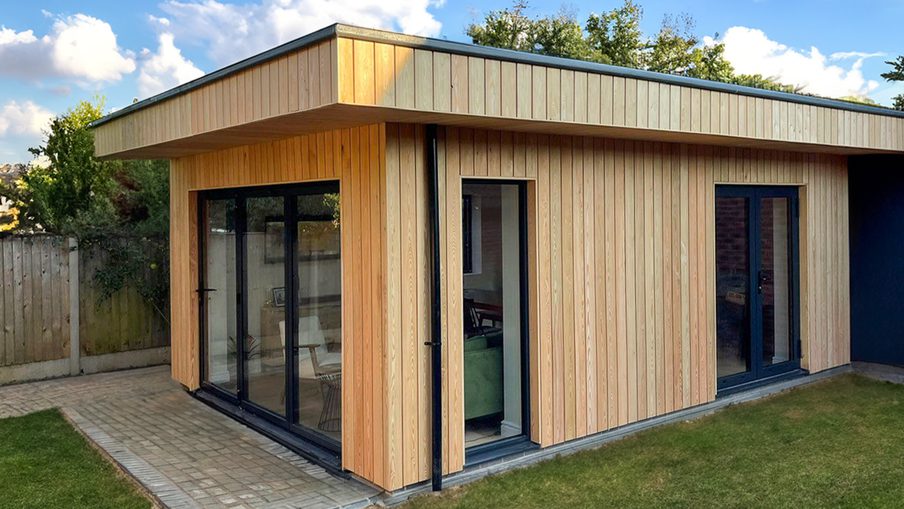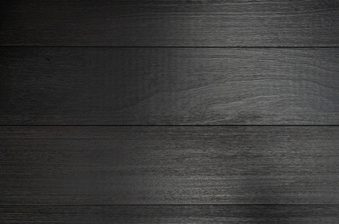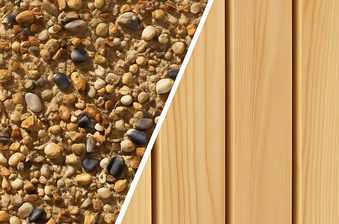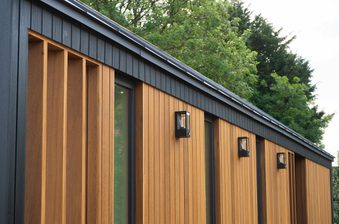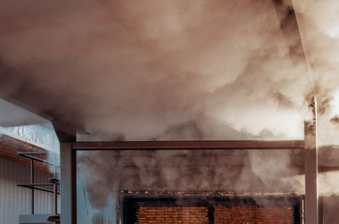When it comes to exterior jobs like cladding, two timber species often cross many people’s lips — Douglas Fir and Siberian Larch. Which is best for your project?
Your choice will likely come down to your personal preference for appearance and your budget — Douglas Fir has a slightly more reddish brown colour and subtle grain pattern compared to Siberian Larch, which is pale yellow-light brown with a strong grain. Douglas Fir is also typically cheaper per m².
But when it comes to outdoor performance, there’s not much to separate them. Despite being softwoods, they’re both fairly dense and hardwearing. Fir and Larch hold the same classification for natural resistance to fungal decay.
Both are also dimensionally stable, resisting shrinking and swelling as a result of moisture — a key consideration for timber cladding. This natural durability can be enhanced with the application of a wood preservative treatment.

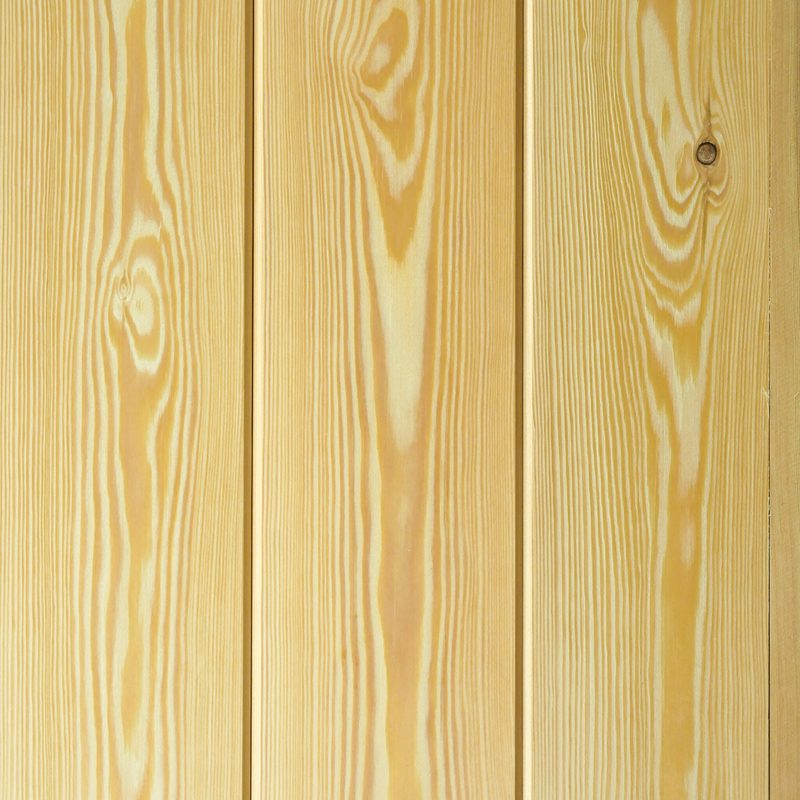
Douglas Fir
Colour: Warm reddish-brown
Grain: Straight, sometimes wavy and wild
Durability: Class 3 (moderately durable)
Cost: £45 + VAT per m² (September 2024)
Origin: Canada
Douglas Fir has a warm, reddish-brown hue, with a wild, interesting grain pattern. Depending on the grade of board chosen, your cladding may contain some occasional sound knots, but in a profile like V-groove, it’s always a clean, contemporary choice.
The wood has good natural resistance outdoors, holding Class 3 out of 5 (moderate durability) in BS EN 350-2:1994, a standard for rating the ability of wood species to resist decay. It’s also stable, with low levels of moisture-induced dimensional movement. It can shrink and swell at an average of 3% of the board width.
BS EN 350-2:1994: The natural ability of wood to resist fungal decay | |
Class | Durability |
1 | Very durable |
2 | Durable |
3 | Moderately durable |
4 | Slightly durable |
5 | Not durable |
The species’ natural durability and stability can be further enhanced with a treatment, like a semi-transparent stain or UV oil. We’ve actually written a blog about the best treatments for Douglas Fir.
Douglas Fir scores 2,900 N on the Janka hardness test, making it slightly less scratch resistant than Siberian Larch (4,900 N), but by no means weak at all. In fact, it’s denser than some hardwoods, like Poplar and Chestnut.
Unless you’re expecting the wood to take plenty of knocks and bumps, we don’t imagine scratch resistance is a primary consideration for your cladding project.

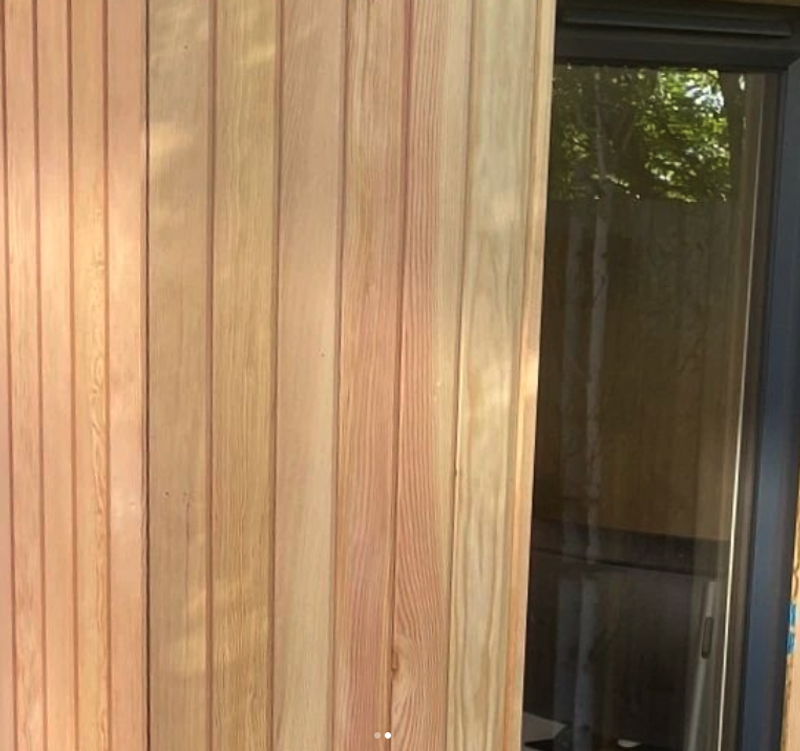
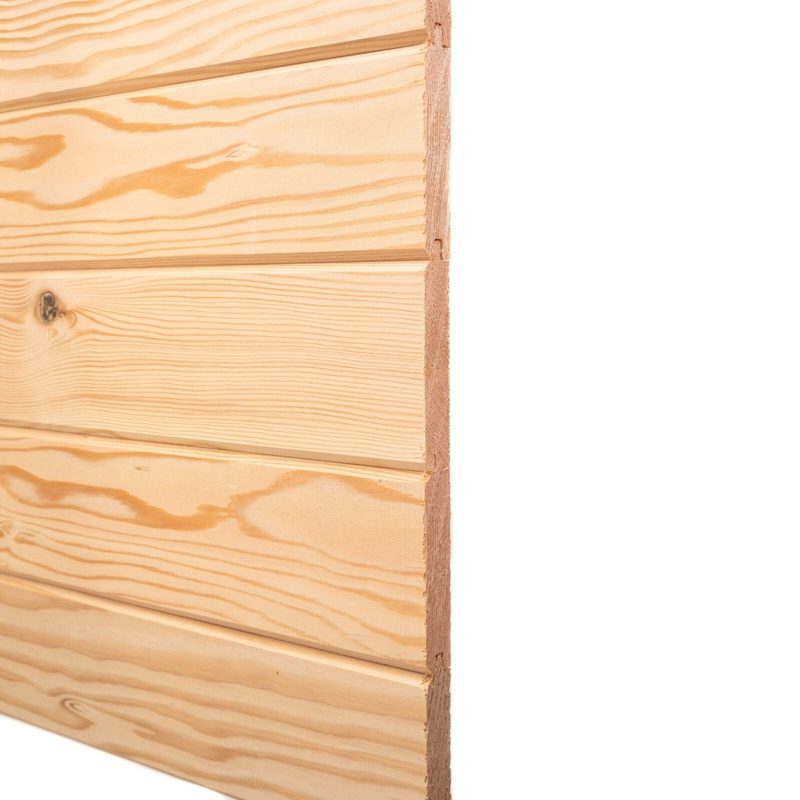
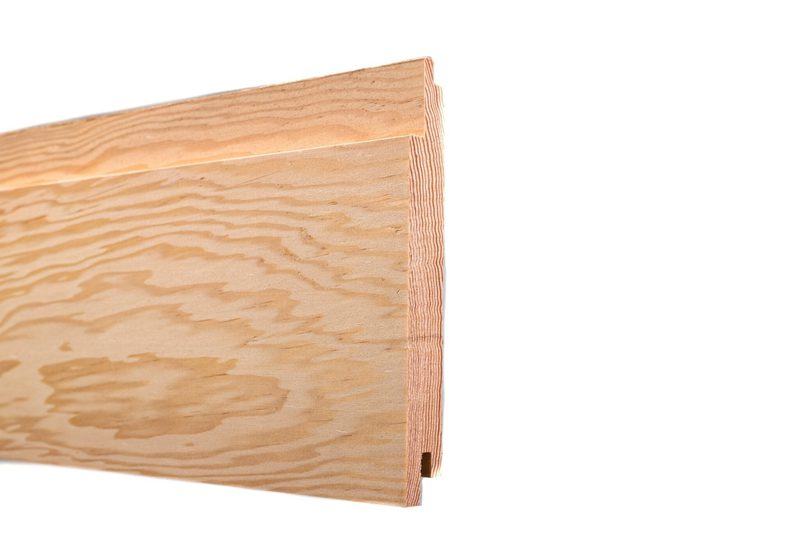

Siberian Larch
Colour: Straw yellow-light brown
Grain: Strong and tight, with growth rings
Durability: Class 3 (moderately durable)
Cost: £63 + VAT per m² (September 2024)
Origin: Finnish border to central Siberia, Russia
As well as a straw yellow-light brown colour, Siberian Larch’s characterful grain pattern provides it with plenty of rustic, natural charm.
This species packs in a remarkable amount of density, especially for softwood. Holding Class 3 in BS EN 350-2:1994, it also has good natural resistance to fungal decay and resists movement very well, shrinking and swelling at an average of 3% of the board width.
These properties can be further enhanced with a treatment. We’ve even written a blog post about the best finishes and oils for Siberian Larch.
As we mentioned earlier, Siberian Larch has a Janka hardness score of 4,900 N (greater than Fir’s 2,900 N), which might be nice to know if you’re expecting your cladding to encounter knocks and scrapes.
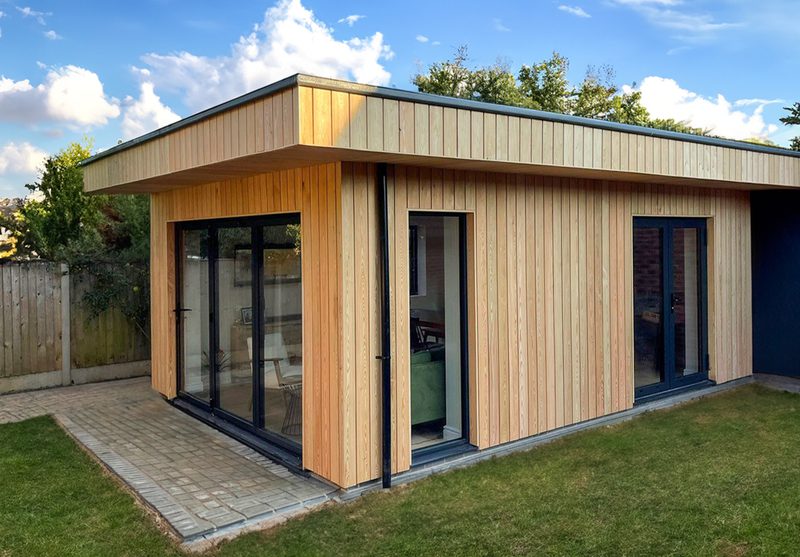

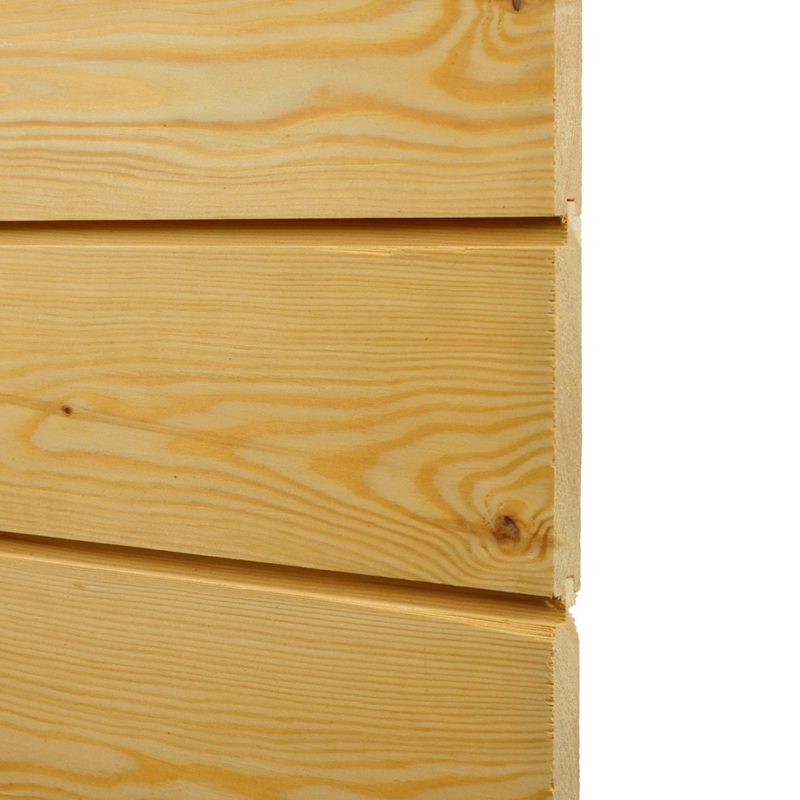

When sourced from well-managed woodlands through a timber merchant with a clear environmental commitment, both Fir and Larch are equally sustainable.
Ready to start your cladding project?
Our timber cladding is available in a range of high-performance species — including, of course, Douglas Fir and Siberian Larch — but also Western Red Cedar, European Oak and a range of thermally-treated species, like Ayous, Nordic Pine, New Zealand Pine and Tulipwood.
This will be machined by us to your choice of cladding profile, whether that’s shadow gap, V-groove, feather edge, rain screen or something bespoke. All of our cladding products are available with factory finishes, including UV protection and fire retardant.
If you have any questions about your next cladding project, simply message our team today.
